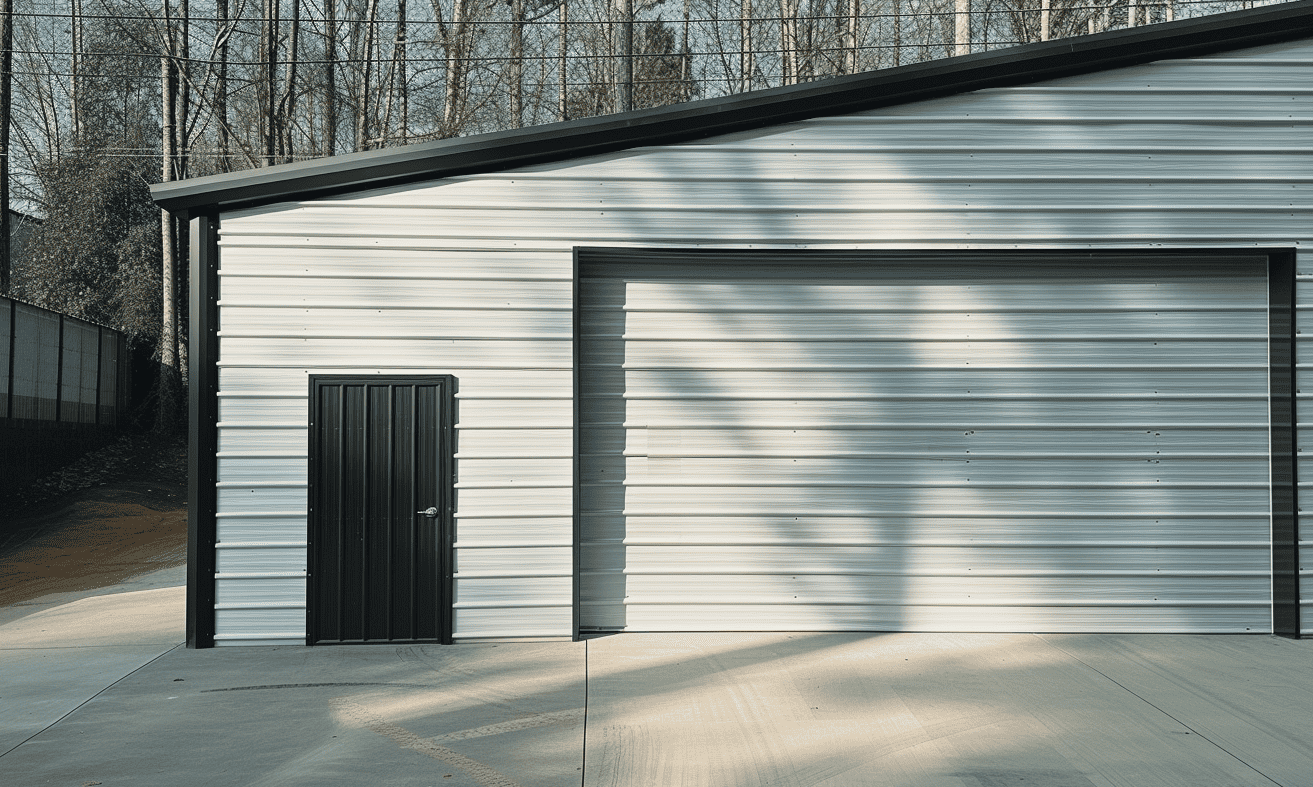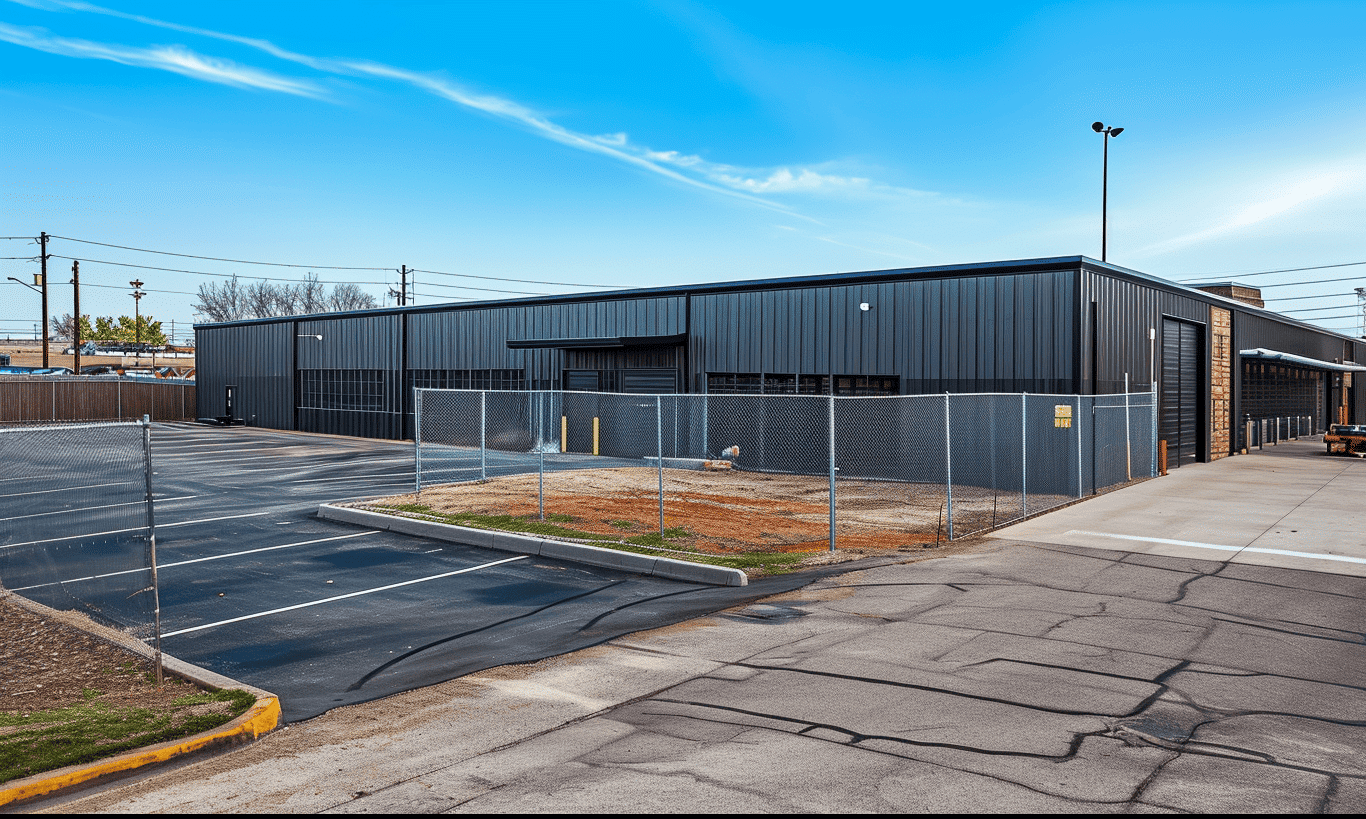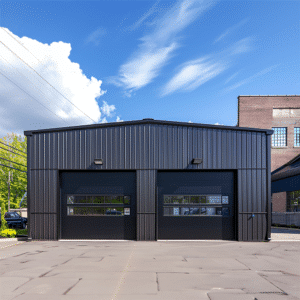Understanding and navigating local building regulations can sometimes feel like a walk through an architectural labyrinth. Whether you’re constructing a cozy backyard steel structure or a robust commercial metal building, being clued into the necessary rules and requirements is paramount. But how do you make sure your project doesn’t become the next bureaucratic boondoggle?
Not all rules are cut and dry, and there is no one-size-fits-all guide to constructing metal buildings in Canada. If you’ve found yourself risking a permit-less start or diving into zoning laws with little preparation, you’re not alone. Let’s explore how you can structure your project so that navigating building regulations becomes as manageable as plotting the perfect blueprint.
Why Local Building Regulations Matter
It’s easy to dismiss local building regulations as a tangled web of red tape. However, these regulations exist for very valid reasons. These rules ensure buildings are safe, energy-efficient, and aligned with a city or town’s development goals. Without them, the structure you invest in could become hazardous or even illegal.
The regulations vary significantly across provinces and municipalities in Canada. For instance, what holds in Toronto might be completely different in a smaller rural community in Alberta. This brings us to the concept of Zoning laws and land use regulations, which dictate not only what can be built, but also where it can and should be built. They affect everything from the height and size of buildings to their proximity to natural features and other structures.
Navigating this can feel intimidating, but understanding zoning and building codes is crucial before making any significant investment.
First Steps: Research and Understand
The initial step to remaining compliant is acquiring a solid grasp of existing building codes. If you’re feeling overwhelmed, a comprehensive resource like this Building codes understanding guide can provide the essential background needed to approach these regulations with confidence. Regulations are a complex set of instructions, but with thorough research and the right information, the foundation you’re laying can stand the test of scrutiny and time.
Ins and Outs of Permits
Before erecting any structure, securing the right permits is one of most important tasks. Whether you’re building a residential garage or a commercial facility, obtaining a permit is legally obligatory in most areas. A permit ensures you’re building within the legal norms, and more importantly, it serves as a layer of protection. It means that your project has been reviewed and approved by local authorities.
To acquire a permit, you usually need detailed plans outlining your project. Consider including a site plan, construction plans, and any necessary surveys. These will be used by your local municipality to assess your project’s impacts and compliance with local building regulations. For more detailed insights, explore this link on Permits and Local Building Codes.
Aesthetics and Functionality: Striking the Right Balance
When planning a steel building, remember that form and function should complement each other. Yes, your building needs to satisfy all the municipality’s look-and-feel requirements, but it should also serve its primary purpose efficiently. Think of your building as a blend of creativity encrypted in steel, where aesthetic meets utility.
Safety, material choice, size, and design all play significant parts, too. For more on the versatility of metal buildings, check out metal buildings.
Leveraging Expert Advice
Sometimes, regulatory requirements can read like a foreign language, filled with legal jargon and technical specifications. In such cases, partnering with experts can save you time and potential pitfalls. Professional builders and architects have the experience to streamline your project, ensuring that all aspects comply with local codes.
Experts can provide insights into how to interpret zoning laws, building codes, and more, bringing their past experience to your project. Consultation may feel like an extra step, but think of it as insurance against future headaches.

Understanding Alberta’s Regulations
Navigating specific provincial legislation is another key component of building compliance. For those in Alberta, the Government of Alberta’s website provides a wealth of information on how to maneuver through such rules. Understanding local mandates like those managed by Municipal Affairs Alberta – Navigating Local Building Regulations can safeguard against unauthorized development or the issuance of penalties for non-compliance.
Conclusion: The Road to Compliance
Even with regulations mapped out stone-cold clear, the journey towards building your dream steel structure isn’t one of lining up dominoes. It’s a process demanding attentiveness, research, and a willingness to engage experts. Understanding the landscape of local building regulations, securing the necessary permits, considering aesthetic and functional aspects, and leveraging expert advice are all essentials in the pathway to success.
Effectively navigating these requirements ensures not only the feasibility and legal standing of your project but also the safety and functionality of the final product. It’s time to lay the first stone, and with the right understanding, your dream project will soon stand proud, legally sound, and structurally safe.










